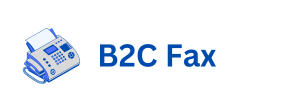Management more consistent. By always following the , you’ll do things the same way each time instead of constantly changing your data management process and receiving inconsistent data quality levels. These benefits mean the data you gather will be more helpful to your business, allowing you to produce a better customer experience and drive more revenue. Types of data strategies .Having a strategy in. There are two primary types of data strategies you can use — data defense and data offense. Here’s an overview of each one. Data defense Data defense is a data analytics that prioritizes consistency and centralization for your data.
With a defense strategy, you try to identify one primary
source for each type of data. For example, if you’re tracking customer satisfaction, you might decide that your net promoter score (NPS) is the primary source of data in that area. Rather Sweden WhatsApp Number Data than trying to reconcile multiple sources of information on customer satisfaction, you simply go with what your NPS indicates. This type of data strategy limits the range of data you analyze and makes it easier to manage. It eliminates the need to reconcile a ton of different sources for each type of data. Data offense A data offense strategy prioritizes flexibility and variety.
Where a defense strategy identifies a single source
of truth for each type of data, an offense strategy will account for all available data sources. When those sources disagree, an offense strategy will try to find a middle ground Sweden Whatsapp Number List between them. This strategy takes more time and effort, and it comes with the risk of skewing your data if you happen to have a faulty data source anywhere. However, it also allows you to get a broader perspective on your data that can help you learn things you might not learn with a defense strategy. Something to be aware of is that there’s not a clear-cut distinction between defense and offense strategies.


